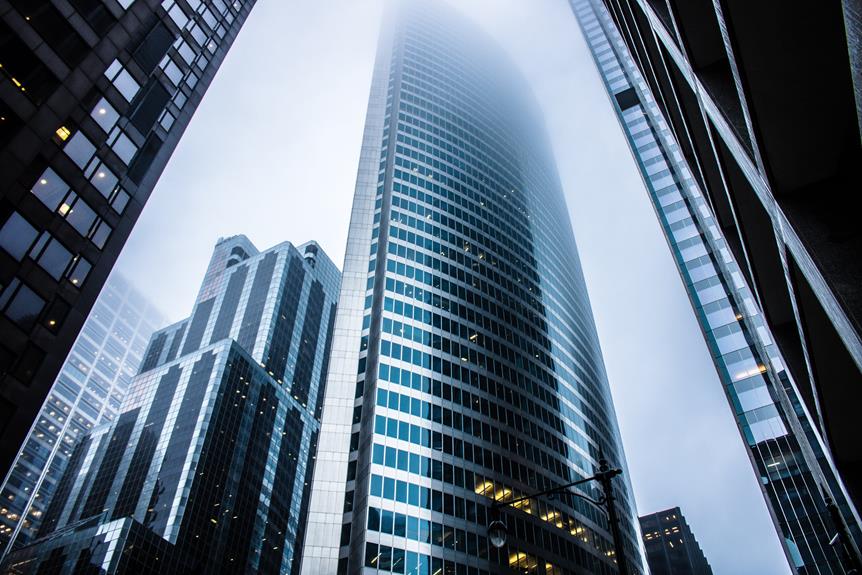Nestled in the southwestern region of Bangladesh, Rajbari District stands as a testament to the captivating fusion of historical significance and breathtaking natural beauty. From its roots in the Mughal era to its emergence as a thriving administrative center, this district has witnessed the ebb and flow of dynasties and political transformations. But it is not just the rich history that makes Rajbari District intriguing; its picturesque landscape, adorned with verdant greenery and embraced by the mighty Padma River, offers a visual feast for the senses. As we embark on this exploration, we will uncover the hidden gems that make Rajbari District a destination that history enthusiasts and nature lovers alike cannot afford to miss.
Historical Background
Rajbari District has a rich historical background, dating back to the 17th century when it was ruled by wealthy zamindari families. These families, known as the Nawabs of Padamdi, held significant cultural influences and played a vital role in shaping the region's history. Their patronage of arts, literature, and architecture left an indelible mark on Rajbari's cultural heritage. The impact of these cultural influences can still be seen today in the district's traditional music, dance, and festivals.
Furthermore, the zamindari families' rule had a profound impact on the local economy. They were major landowners and controlled vast agricultural estates, contributing significantly to the agricultural output of the region. Their patronage of trade and commerce also led to the development of bustling marketplaces and the growth of small-scale industries. The prosperity brought about by their economic activities uplifted the standard of living for many in the district.
Administrative Structure
The administrative structure of Rajbari District is well-organized and efficiently managed to ensure effective governance and public service delivery. The district has undergone significant changes in its administrative system throughout its history. Initially, Rajbari was ruled by wealthy zamindar families who played a crucial role in the local administration. However, after the Battle of Plassey in 1757, the British took over and introduced their own administrative system. Rajbari was initially a part of Jessore District and was later included in Faridpur District in 1811. Over time, the district underwent further reorganization, with various upazilas being included in different districts. Finally, in March 1984, Goalanda Upazila was upgraded to a district and renamed Rajbari District. Currently, the district is divided into five upazilas: Baliakandi, Goalanda, Pangsha, Kalukhali, and Rajbari Sadar. The administrative structure is overseen by key officials such as the Administrator of Zila Porishod, the Deputy Commissioner, and the Mayor of Rajbari Pouroshova.
Parliamentary Seats and Upazilas
After undergoing significant changes in its administrative system throughout history, Rajbari District is currently divided into five upazilas and has two parliamentary seats. The district consists of the upazilas of Baliakandi, Goalanda, Pangsha, Kalukhali, and Rajbari Sadar. Each upazila is responsible for local governance and plays a crucial role in the development and well-being of the district's inhabitants. The two parliamentary seats, Rajbari-1 and Rajbari-2, provide political representation for the residents of the district at the national level. To provide a clearer picture, here is a table showcasing the upazilas and parliamentary seats in Rajbari District:
| Upazilas | Parliamentary Seats |
|---|---|
| Baliakandi | Rajbari-1 |
| Goalanda | Rajbari-2 |
| Pangsha | |
| Kalukhali | |
| Rajbari Sadar |
This system ensures that the voices and interests of the people of Rajbari are represented in the political sphere while also promoting effective local governance.
Geography and Climate
Located in the central part of Bangladesh, Rajbari District boasts a diverse geography and a pleasant climate that contribute to its natural beauty. The district is bounded by Pabna, Faridpur, Magura, Manikganj, Kustia, and Jhenidah districts. The land of Rajbari is mainly alluvial, raised from the Padma River. This geographical feature makes the district fertile and suitable for agriculture, which is one of the main sources of livelihood for the local population. The district also benefits from its proximity to the Padma River, providing both scenic beauty and potential for water-based tourism. However, it is essential to note the potential impact of climate change on Rajbari's geography and climate. Rising temperatures and changing rainfall patterns could affect agricultural productivity and the overall tourism potential of the district. Efforts must be made to mitigate these effects and preserve the natural beauty of Rajbari.
Cultural Heritage
With a rich and vibrant history, Rajbari District in Bangladesh is renowned for its cultural heritage that showcases the region's traditions, customs, and artistic expressions. The district is home to a multitude of traditional practices that have been passed down through generations, keeping the essence of the local culture alive. From intricate folk dances and music performances to colorful festivals and religious ceremonies, Rajbari District is a treasure trove of cultural experiences. Additionally, the architectural landmarks in the district are a testament to the rich heritage of the region. The magnificent Rajbaris (palaces) and temples, adorned with exquisite carvings and intricate designs, stand as a testament to the architectural brilliance of the bygone era. These architectural landmarks not only reflect the grandeur of the past but also serve as a reminder of the artistic prowess of the people of Rajbari District.
Natural Attractions
Rajbari District in Bangladesh is blessed with a plethora of natural attractions that captivate visitors with their picturesque landscapes and diverse ecosystems. This district has immense ecotourism potential, offering a range of experiences for nature lovers. One of the highlights is the wildlife sanctuaries found within the district. These sanctuaries provide a safe haven for various species of animals and birds, allowing visitors to witness the wonders of the natural world up close. From the majestic Bengal tigers to the graceful deer and colorful bird species, these sanctuaries offer a glimpse into the rich biodiversity of Rajbari. With their lush greenery, tranquil lakes, and winding rivers, these natural attractions create a serene and captivating environment for all who visit.
Frequently Asked Questions
What Is the Current Population of Rajbari District?
The current population of Rajbari district is not provided in the given context. However, a comprehensive demographic analysis and current population estimation would be necessary to determine the exact population figures. Factors such as birth rate, death rate, migration patterns, and other demographic indicators would need to be considered. It is important to conduct reliable surveys and gather data from relevant sources to obtain an accurate understanding of the current population in Rajbari district.
What Is the Main Economic Source of the District?
The main economic source of Rajbari district is a combination of agriculture and industry. The fertile land, raised from the Padma River, supports agricultural activities such as rice cultivation, jute production, and vegetable farming. Additionally, the district has a thriving cottage industry, with small-scale enterprises engaged in the production of textiles, pottery, and handicrafts. These economic sectors contribute significantly to the district's overall development and provide livelihood opportunities for the local population.
Are There Any Famous Landmarks or Historical Sites in Rajbari?
Yes, Rajbari District is home to several famous landmarks and historical sites. Some notable landmarks include the Rajbari Palace, which was once the residence of the zamindars and showcases exquisite architectural design. The Padamdi Fort, built during the Mughal era, is another historical site of significance. Additionally, the Naldanga Zamindar Bari, with its beautiful gardens and intricate artwork, is a popular attraction for tourists. These landmarks and historical sites offer a glimpse into the rich history and cultural heritage of Rajbari District.
How Is the Transportation System in the District?
The transportation system in Rajbari District has undergone significant infrastructural development in recent years. The district benefits from a well-connected network of roads and highways, facilitating smooth movement of people and goods. Additionally, the district is served by a railway station, offering convenient access to neighboring areas. The transportation system has played a crucial role in promoting economic growth and enhancing connectivity within the district and beyond. Efforts are ongoing to further improve and expand the transportation infrastructure to meet the growing demands of the residents and businesses in Rajbari District.
Are There Any Specific Festivals or Cultural Events Celebrated in Rajbari?
Festivals and cultural events in Rajbari showcase the rich heritage and traditions of the district. Traditional celebrations such as Shorashori Puja, a religious festival dedicated to the goddess Shorashori, are widely observed. The district also hosts the Rajbari Folk Festival, which brings together local artists and performers to showcase their talent in music, dance, and theater. These events not only provide entertainment but also serve as a platform for preserving and promoting the cultural identity of Rajbari.





